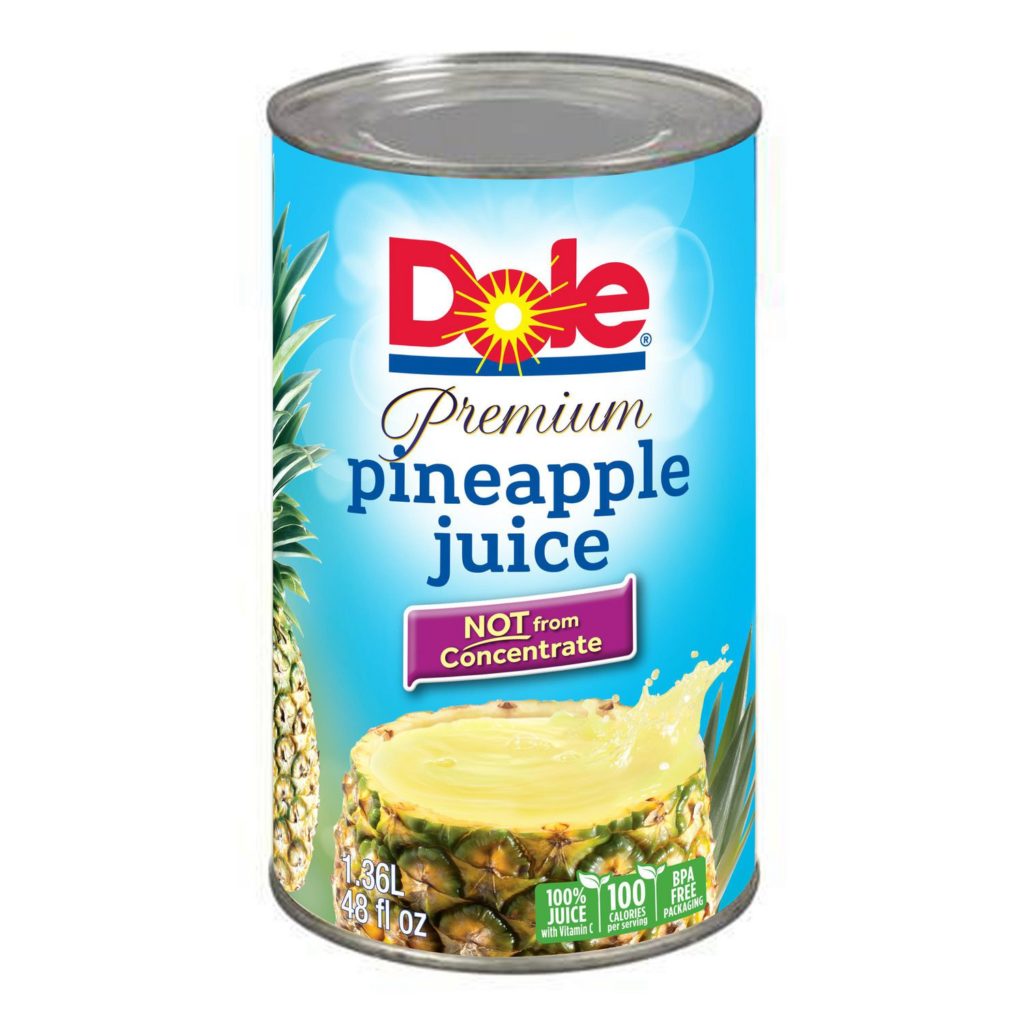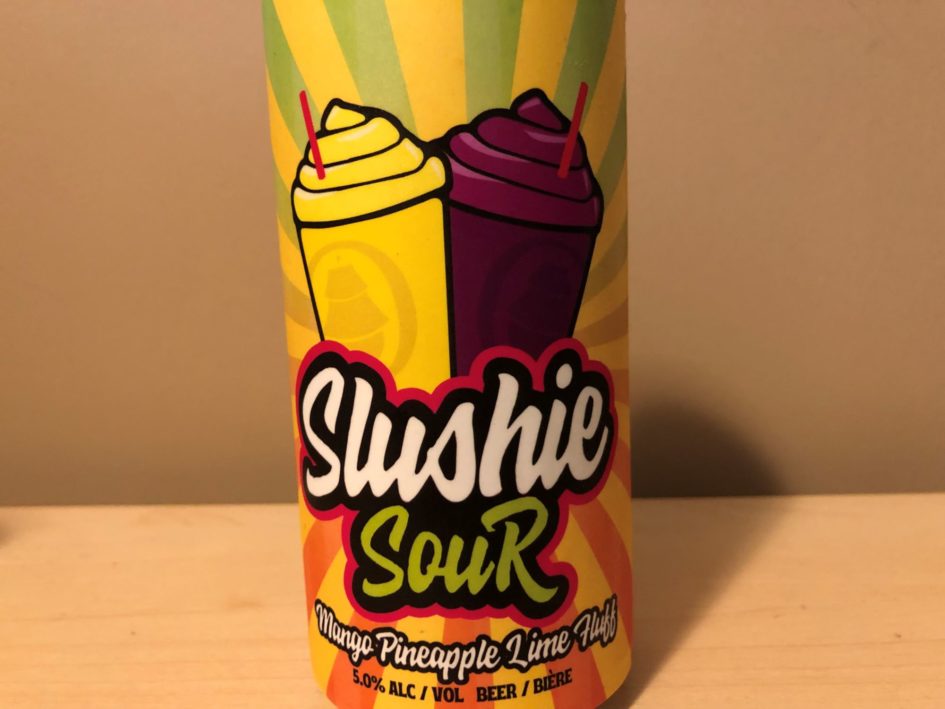Slushie Sours have invaded Alberta. That is not exactly news as Calgary brewery Outcast Brewing has been making them since February. But, still, they are a new and alien thing to this part of the world. And my oh my are they controversial. So, I decided to do my most recent CBC column on the subject of slushies and why they are so controversial. You can listen to it here.
For the uninitiated, slushie sours are the latest effort to push the boundaries of fruitiness in beer. Strictly speaking they are fruited kettle sour beer gone to the extreme. At packaging an insane amount of fruit puree and fruit juice are added to the base sour beer. And I am not kidding when I say insane. Eighty kilograms for every 100 litres of beer. I think we can officially call that a “bucketload”.
Slushies have two parents, so to speak. The first is the longstanding backyard beer cocktail creation of adding fruit juice and crushed ice to a beer to create a kind of alcoholic slurpee. Slushies are a kind of homage to this summer cocktail. The second parent is what I call the fruit arms race that has taken place in the U.S. (and increasingly in Canada) in the past few years.
The growth of New England-style ales, with their intense tropical fruitiness and the rise of fruited kettle sour beer has led to a number of breweries competing to see who can make the most intense fruit experience in their beer. This arms race began on the east coast and has been working its way west. Brewers added more and more fruit until someone decided to go all Dr. Strangelove and added that proverbial bucketload.
What sets slushies apart from other intense fruited beer is the mouthfeel. With so much fruit puree the beer takes on a thick, viscous texture that is more slurpee/milkshake than beer. It is this intensity that is both its attraction and its source for controversy.
Slushies prove very divisive in the beer world. At the moment there can be no question they are very popular. Outcast’s releases sell out completely within a couple of days. The style is spreading rapidly across the continent. For the moment Outcast is the only once producing them on the prairies, but that may change.
But a whole bunch of industry people hate them. The reason that gets the most heat in the debate is that many feel slushies cross the line – they are no longer really beer and are more akin to a fruity ready-to-drink (like vodka spritzers, hard lemonade, hard seltzer and the like). Closely associated is the concern that somehow they are too “gimmicky” and undermine the industry’s efforts to have consumers take craft beer more seriously.
The counterpoint to those concerns is that consumer reception has been positive (and isn’t that one of the more important metrics?) and that it makes craft beer “fun” and more accessible to non-traditional beer drinkers. These arguments aren’t really about the beer itself and come down to how one views the industry and its directions going forward.
A third concern, which gets less airtime, may have more weight. Due to all that fresh fruit added at packaging slushies can be unstable. Fresh fruit means more sugar for any remaining yeast to feed on, which means fermentation in the can. Too much of that and a can explosion can occur (not really an explosion as cans are designed to have the seal fail before the can bursts, but the resulting mess is the same). This unfortunate turn of events has occurred across the continent.
Breweries work hard to warn consumers of this risk, instructing them to keep the cans refrigerated and consume it fresh. But you know how that kind of thing goes. An exploding can is a very negative consumer experience. Much like selling contaminated beer, if a consumer has a bad experience it can easily inform their overall impressions of craft beer and drive them away from it.
Your first question is likely, are they good? That is in the eye of the beer-holder. Fruit beer are not my favourite style, I must admit. That said the couple slushies I have tried have been yummy and curiousity-inducing. Outcast’s pineapple version eerily reminds me of drinking Dole pineapple juice as a kid.

But my brain complains. It just doesn’t seem like beer to me. Plus I find once I try one I have little need to have more, especially in the same sitting. That, I think, is about the mouthfeel and the intensity of the fruit flavour – and that fruit beer are not really my thing. That, in and of itself, is not an indictment. There are many edgy styles that I am happy to have one of but will pass on a second because of their intensity.
I can’t work up a head of angry steam about slushies, even though the style curmudgeon in me is dying to burst into a rant. They are what they are. Some will enjoy them, others will not. Such is as it should be.
But neither can I talk them up as the next big thing. This is not New England we are talking about. I can’t help but think that this has “fad” stamped all over it. I can imagine the “death of the slushie” headlines now.
They are expensive to brew (due to that bucketload). They are finicky and potentially explosive (although techniques are being developed to stabilize them). They are entirely reliant on whether the person likes that kind of fruit. I want to pause on this last thought. I have shared cans with friends to gauge their opinion. Their response hinged COMPLETELY on whether they liked that fruit or not. Because to them it wasn’t really beer but a transport mode for the fruit. I don’t like grapefruit, but love me some grapefruit character in a beer. That is because it is about accenting the beer flavour, creating an overall experience anchored in the beeriness of it. In my mind that is what slushies are missing. There isn’t enough beer to create anything other than a fruit experience.
And that is why I can’t see them lasting.
Feel free to throw those words back at me in a few years if I am wrong.



Leave a Reply